Front load vs top load washer: Which should you buy?
Stuck between buying a front load vs top load washer? Here, we explain the difference
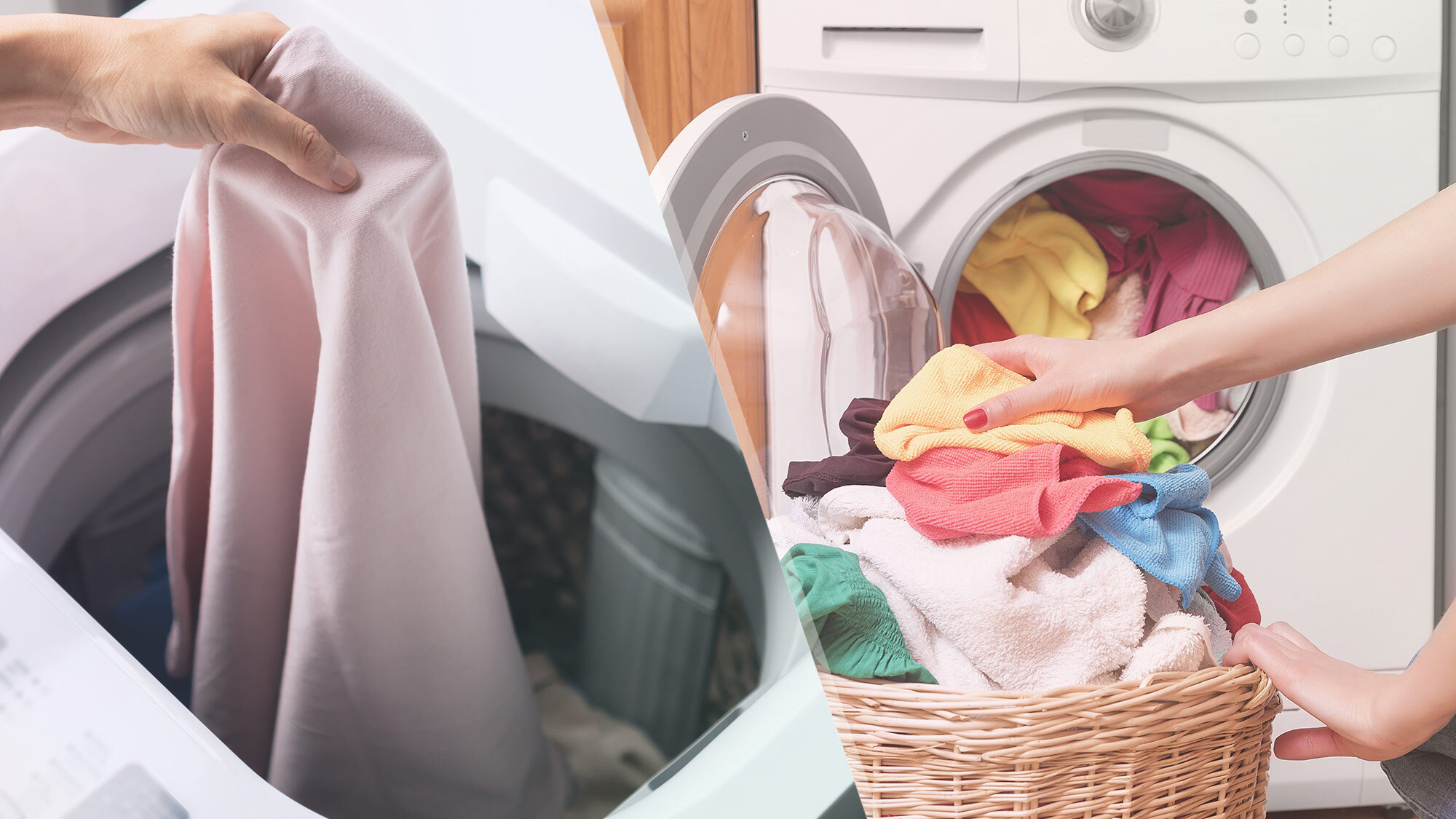
The question of front load vs top load washer is one all of us ask when shopping for the best washing machines. Both designs are widely available and the specifications between the two don’t seem to differ much. So which type of washer would be best for your laundry room?
To help answer this question, we’ve pulled together this handy guide which will break down all of the important differences between top-loading and front-loading washing machines. We will look into the strengths and weaknesses of each design, as well as which homeowner each would ultimately suit. So you can rest assured that you’ve made the right decision when you purchase your new washer.
Whichever type you choose, remember that even the best washers will require repairs if not well-maintained, here's how to make your washer last longer for guidance. Also, don't make this one mistake when doing your laundry!
If you're in the market for a new washer, check out 11 things to look for when buying a washing machine.
Front load vs top load washer: The fundamentals
Before we go into detail, let's look at the fundamental differences between the two designs. A front load washing machine features a round door on its front, through which you add the clothes. Once running, it uses an impeller to rotate the load and tumble it on itself as it’s washed. The clothes are picked up by paddles on the side of the drum as it rotates to help move them in and out of the water.
A top load machine, on the other hand, features a door on the top of the appliance, through which you load the clothes. It is filled with water until the clothes are fully submerged, and then uses an agitator with paddles — which sticks up in the middle of the drum — to rotate the load through the water. However, some top load designs also exist which use impellers, rather than agitators to rotate the load, much like front load washers. These designs essentially meet in the middle of the two and carry many of the benefits of both.
Front-load washer: strengths and weakness
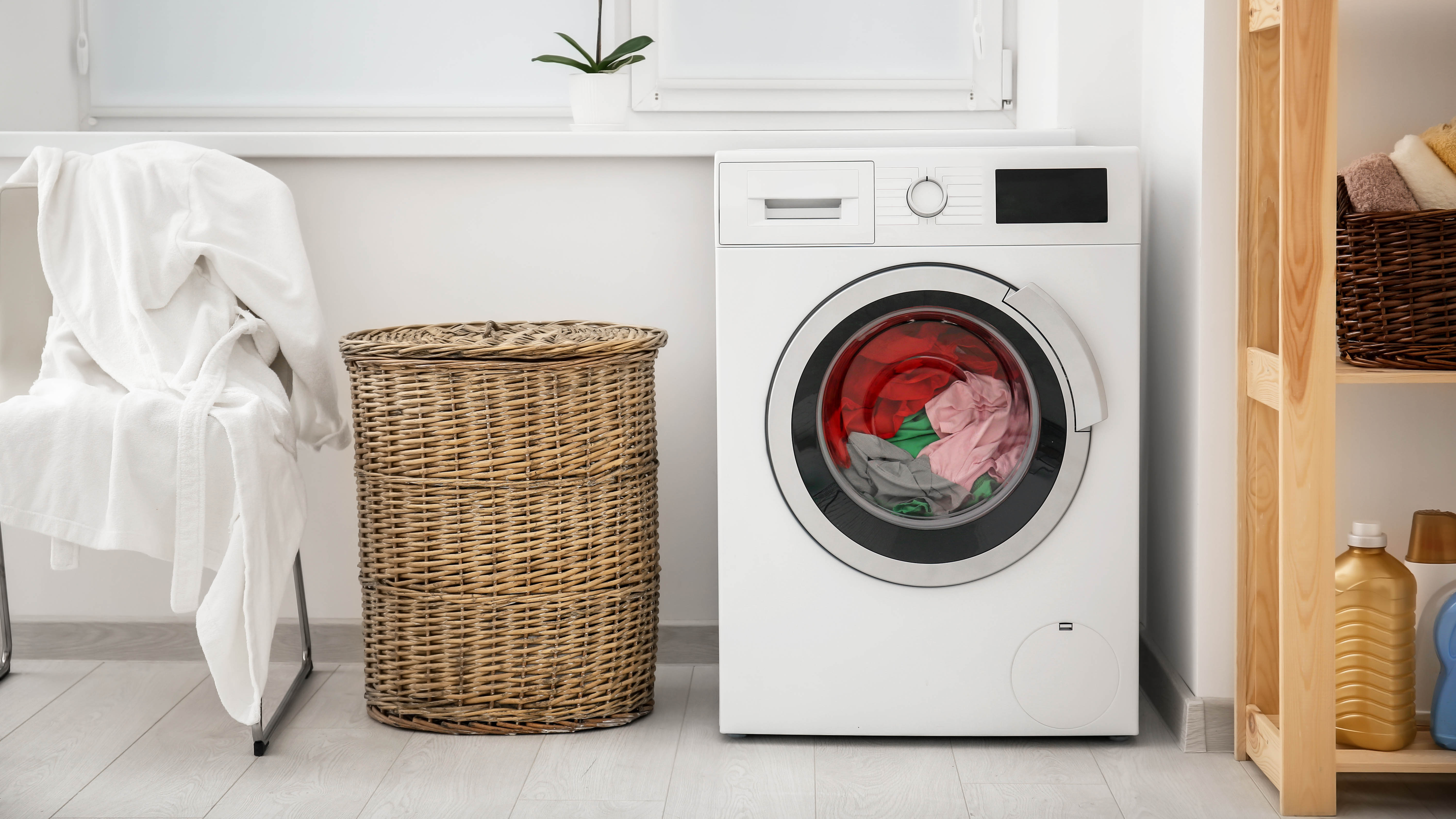
Strengths:
Get instant access to breaking news, the hottest reviews, great deals and helpful tips.
- Better cleaning results — Front load washers are generally considered to be better at cleaning. The wash technique is more effective at stain removal.
- More efficient — Using a front load washer will save on water, energy and detergent use. These generally use less water than top load machines, which means less energy is required to heat the water and less detergent is needed to clean your clothes.
- Stackable — You can stack these appliances with your dryer to take us less space in your laundry room.
- Gentler on clothes — Front load machines rotate and tumble the clothes to clean them, which is more gentle than an agitator found in top load machines. This makes front load washers more ideal for delicates.
- Drum access — While you do have to bend to access the drum, it’s easy to reach any remaining clothes at the back after a wash.
- Wash progress — You can actually see the progress of the cycle through the drum door, which some prefer.
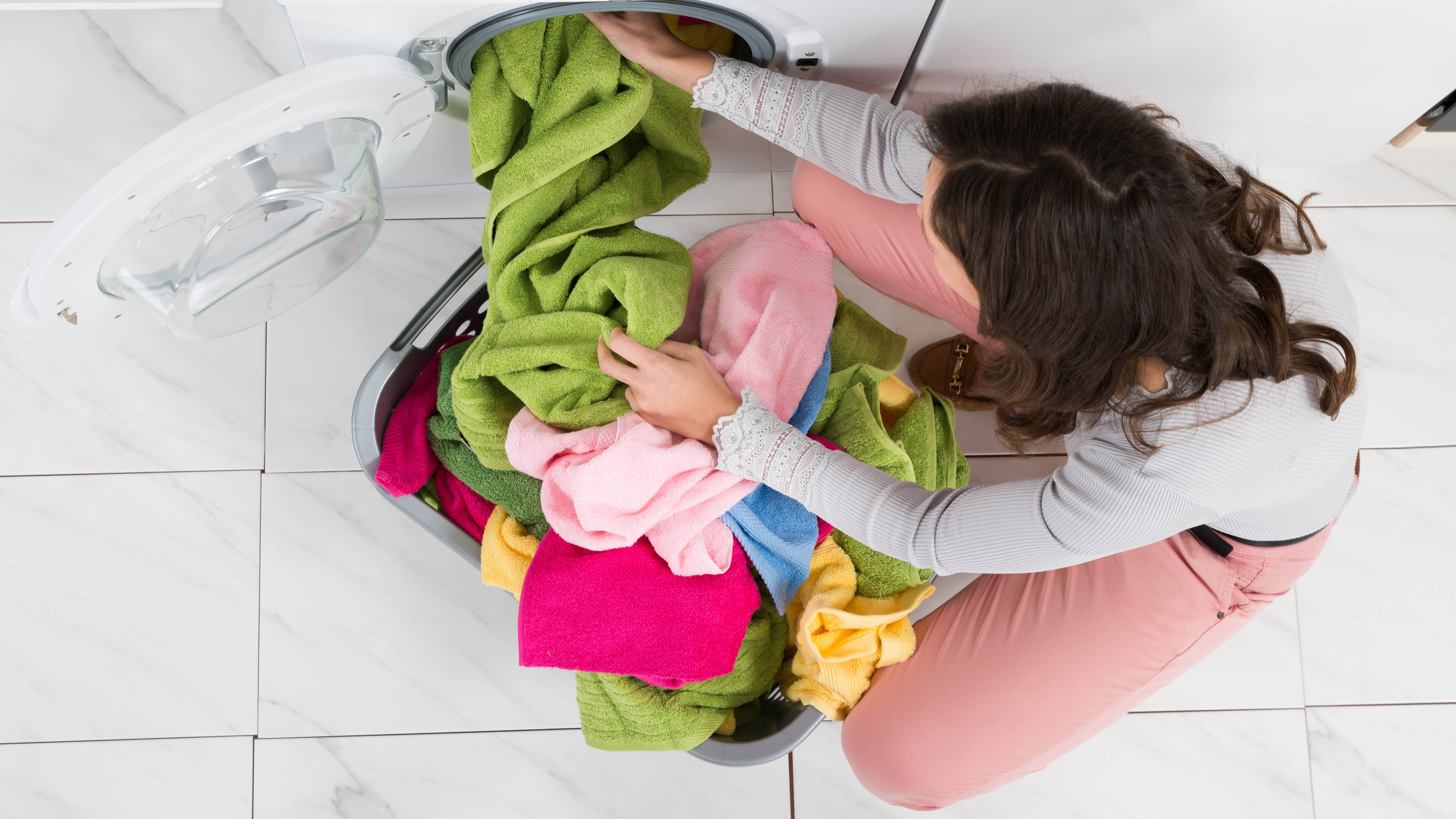
Weaknesses:
- More cleaning — Wondering about how to clean a washing machine? Because of the rubber gasket around the door, mold and mildew can build up easily in a front load washer, and they require more regular cleaning.
- Awkward to load — You do usually have to bend down to reach into the drum of a front load washer, although you can add a pedestal to raise the appliances’ height.
- Usually you can’t add to a wash — Once a cycle starts, you generally can’t add clothes during a wash, unless you have one of Samsung’s door-in-door designs.
- Slower cycles — Because of its washing technique, a front load design generally has longer cycles than a top load model. That means you may end up relying on the quick wash setting more often.
- More expensive — This does depend on a lot of variables including brand, capacity and features etc. But, in general, if you’re looking at the premium models, front load machines do tend to cost more.
- Costs more to maintain — Front load washers generally require a professional for any repairs. These are difficult to repair yourself.
- You can’t pre-soak — The front door design makes pre-soaking difficult in this kind of washer, unless there’s a setting designed with it in mind.
Our favorite front-loading washing machine, the Electrolux EFLS627UTT, is reasonably priced, has a 4.4-cubic-foot drum that can hold a large wash, and it features nine wash cycles, including a 15-minute fast wash. It also has a dedicated pod detergent dispenser, and an Adaptive Dispenser pre-mixes the detergent with water in the dispenser, helping to ensure it doesn't clog.
Top-load washer: Strengths and weaknesses
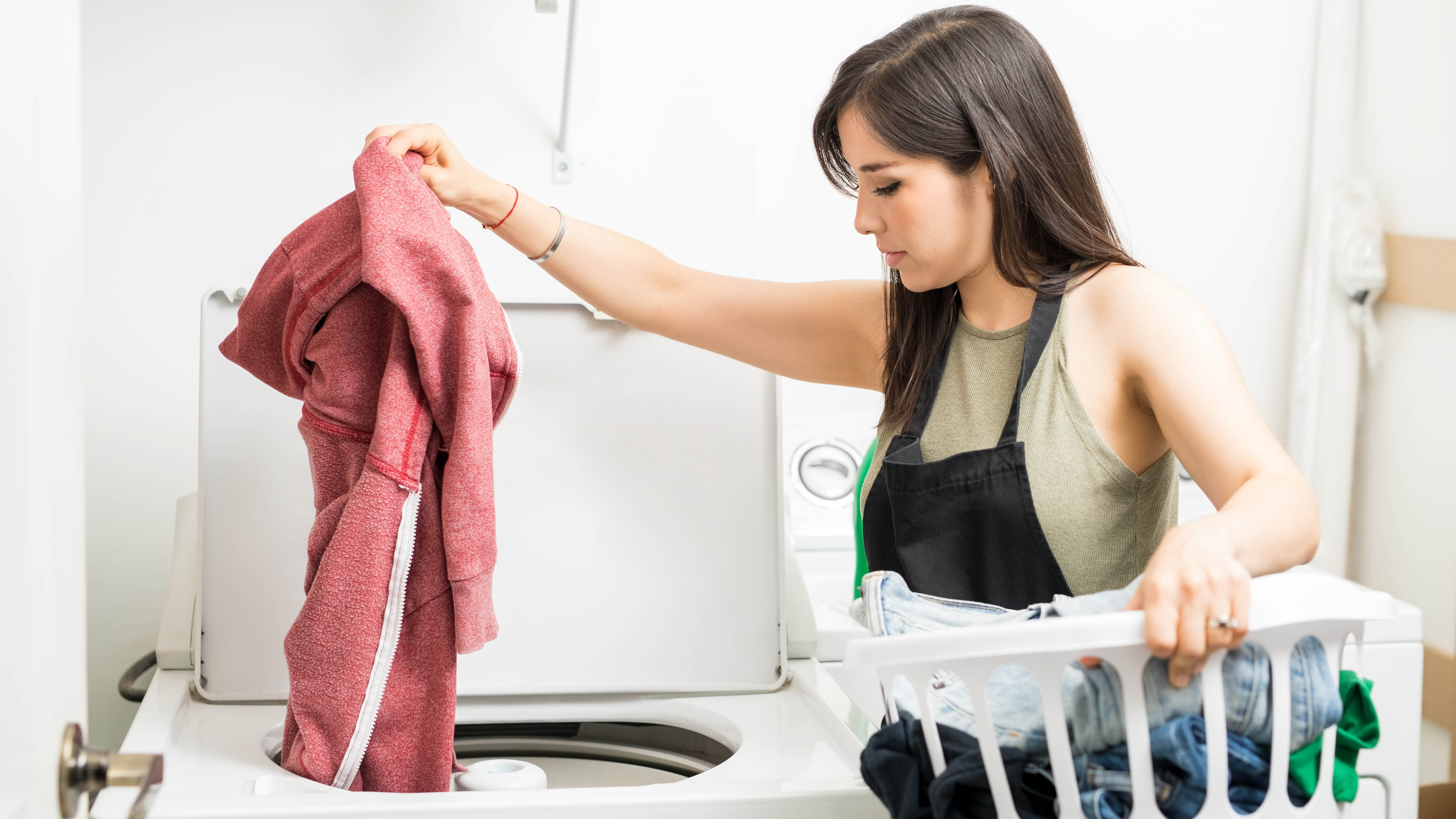
Strengths:
- Convenient — Top load washers are more convenient for chucking clothes in. You can stand up straight as you do this, so they’re more comfortable to load. Plus, they’re easier for larger loads too, because you don’t have to force them in as you do with a front load design.
- You can add to a wash — Missed a sock? No problem. You can easily add clothes during a wash by simply lifting the door.
- Faster cycles — An agitator-driven wash works faster vs impeller, so you can expect quicker cycles.
- Easier to maintain — Some repairs on a top load washer can be fairly straightforward, and with the motor being easy to access, a lot of maintenance can be carried out by the average consumer rather than a professional.
- Cheaper — This depends on the model in question, but generally top load designs are more reasonably priced vs front load.
- You can pre-soak — Pre-soaking is easy in a top load washer as you simply fill it with water, add the soap, shut the lid and leave it.
- Easier to keep clean — With no gasket and sometimes no detergent dispenser, these are easier to keep clean.
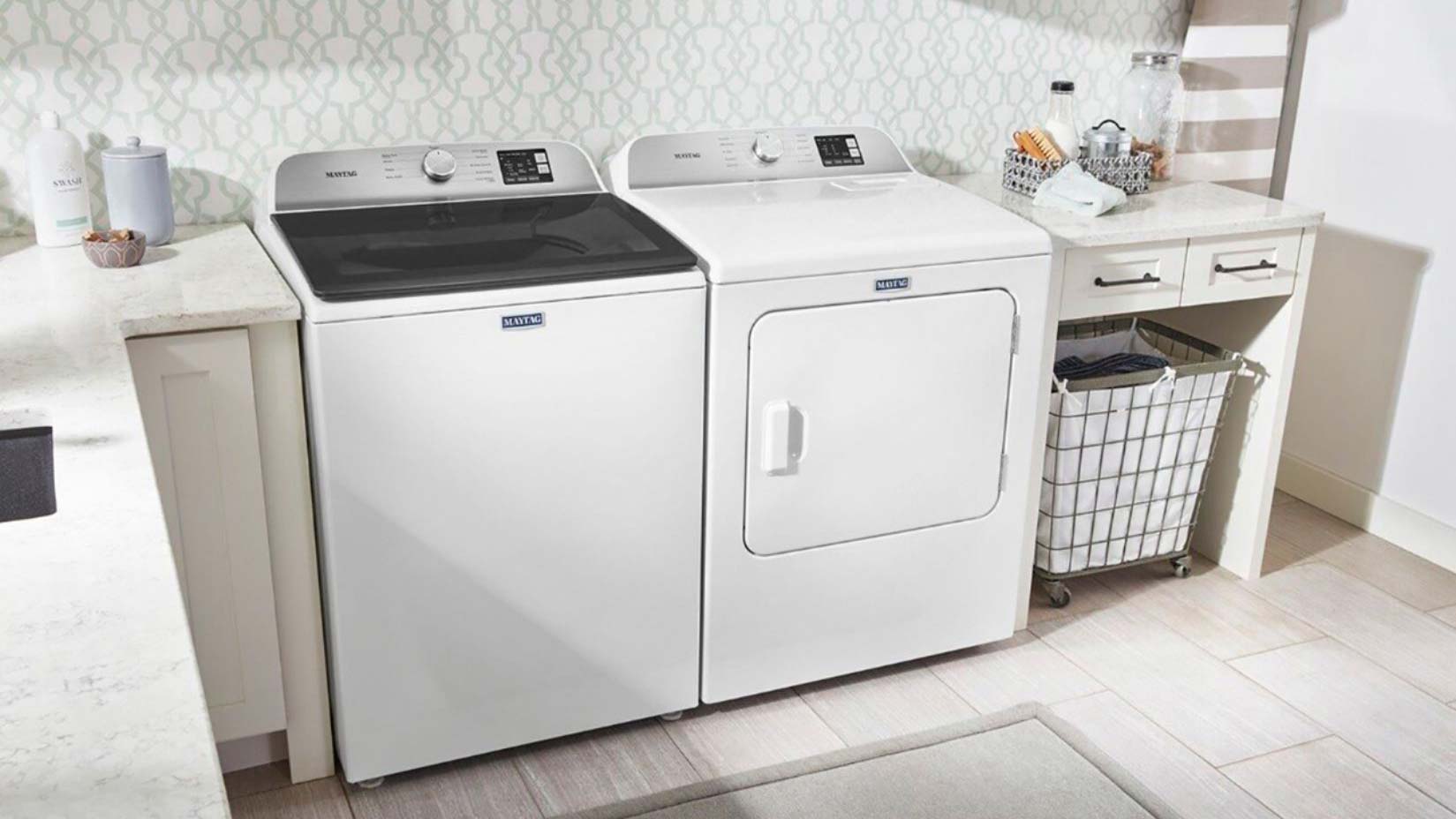
Weaknesses:
- Not as good at cleaning — Like-for-like, a top load washer is generally not as effective at shifting stains vs a front load. However, this doesn’t take the pre-soaking factor into consideration.
- Not stackable — As these machines aren’t stackable, you could be sacrificing spare space for other appliances.
- Harsh on clothes — While designs are improving, an agitator will cause friction as it washes the clothes, leading to more damage. So this isn’t the best design if you’ve got a lot of delicates.
- Difficult to reach the bottom — This isn’t always the case as it depends on the depth of the machine and the height of the user. But, sometimes, it can be difficult to reach the bottom of the drum to collect any final items of clothing.
- Less efficient — This type of washer submerges the clothes in water as part of the washing process. That means it naturally uses more water, energy and detergent to run, accounting to more costly bills.
- You can’t see the wash progress — With no viewing window, you will need to manually take a look inside to see the progress.
The Samsung WA52A5500AC is our favorite top-loading washing machine. It offers an abundance of features, including 12 wash cycles, five temperature options, five spin speeds and five rinse settings. If that’s not enough, you can even download additional cycles using the SmartThings app. It also has a huge capacity of 5.2 cubic feet, enough for a large family.
In the latest news, this new Alexa-enabled washing machine from GE can remove stains on command.
Front load vs top load washer: Which should you buy?
On the whole, each type of washer comes with its merits, which means the right one for you will depend on your specific needs. If you’re tight for space, consider whether a stackable front load design will make a difference. Whereas, if you struggle to bend over, then a top load washer will be more comfortable to use.
Weighing out the strengths and weaknesses of each, the front load design does come out on top. While it may cost more initially, it’s the more efficient of the two and provides an overall better cleaning performance. Plus, it’s more gentle on clothes, which means it will be a friend to your wardrobe as well. Essentially, that means it will pay for the difference of cost over time.
If you want the benefits of a front load washer, but don’t like the idea of bending to load it, why not opt for a top load washer with an impeller? This will cost a little more than a standard top load design, but it will give you the benefits of both types.

Katie Mortram used to be a Homes Editor for Tom's Guide, where she oversaw everything from kitchen appliances to gardening tools, as well as smart home tech. Specializing in providing expert advice for cleaning and home manintenance, she now works as Household Advice Editor for Good Housekeeping.
